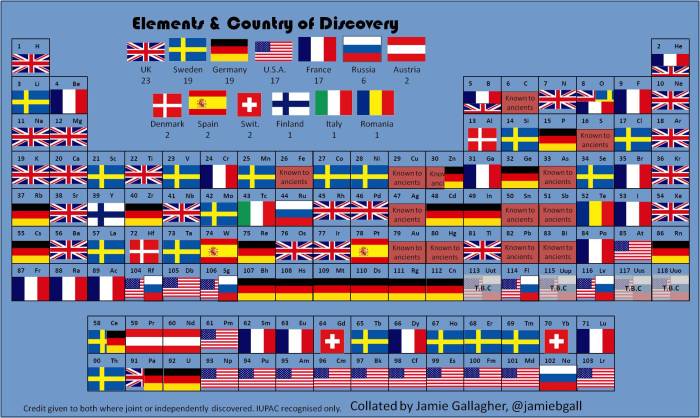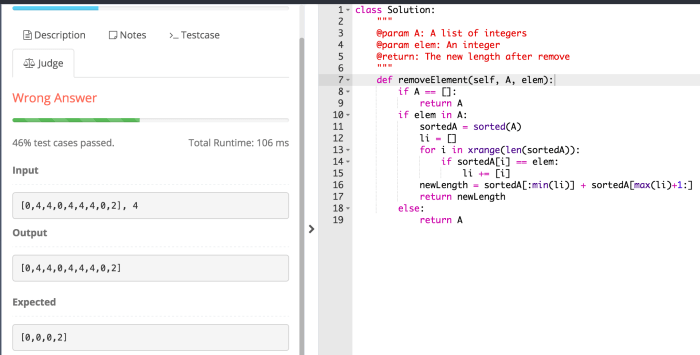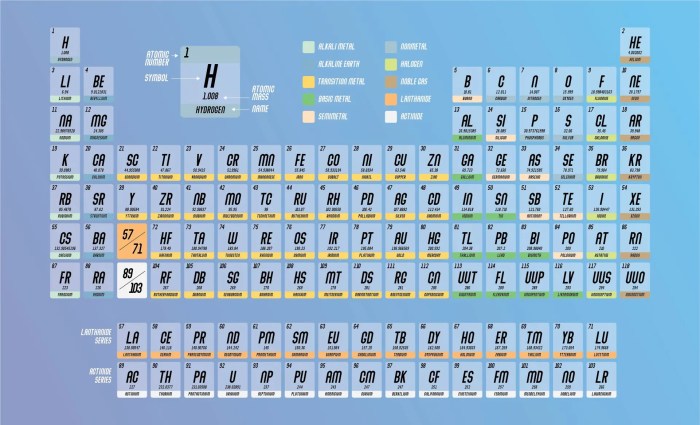Identify a contextual selector that matches any element – Contextual selectors in CSS offer a powerful mechanism to target elements based on their position within the document tree. This tutorial explores the concept of contextual selectors, their various types, and their effective use in matching specific elements within a web page.
We’ll delve into advanced techniques, responsive design applications, and best practices to empower you with a comprehensive understanding of contextual selectors.
1. Identify Contextual Selectors
Contextual selectors are a powerful tool in CSS that allow you to target elements based on their position within the document tree. They use the relationship between elements to select specific elements.
There are several different types of contextual selectors, including:
- Parent selectors
- Child selectors
- Sibling selectors
2. Matching Elements with Contextual Selectors: Identify A Contextual Selector That Matches Any Element

Contextual selectors can be used to target specific elements based on their context. For example, you can use a parent selector to select all elements that are children of a specific parent element.
The following example uses a parent selector to select all lielements that are children of a ulelement:
ul li color: red;
3. Advanced Usage of Contextual Selectors

Contextual selectors can be combined with other selectors to create complex selection rules. For example, you can use a child selector to select all lielements that are children of a ulelement and have a specific class.
The following example uses a child selector to select all lielements that are children of a ulelement and have the class active:
ul li.active color: blue;
4. Responsive Design with Contextual Selectors

Contextual selectors can be used to create responsive designs that adapt to different screen sizes. For example, you can use a media query to select all lielements that are children of a ulelement and have a specific class when the viewport is a certain width.
The following example uses a media query to select all lielements that are children of a ulelement and have the class activewhen the viewport is less than 768px wide:
@media (max-width: 768px)
ul li.active
color: green;
5. Best Practices for Using Contextual Selectors

There are a few best practices to keep in mind when using contextual selectors:
- Use contextual selectors sparingly. They can make your CSS code more difficult to read and maintain.
- Be specific when using contextual selectors. The more specific your selectors are, the less likely they are to match unintended elements.
- Test your CSS code thoroughly to make sure that it is working as expected.
FAQ Section
What is the purpose of contextual selectors?
Contextual selectors allow you to target elements based on their relationship to other elements in the HTML structure, such as parent-child or sibling relationships.
Can contextual selectors be combined with other selectors?
Yes, contextual selectors can be combined with other selectors to create complex selection rules. For example, you could target an element that is both a child of a specific parent and has a particular class.
How can contextual selectors be used in responsive design?
Contextual selectors can be used to target elements based on the size of the viewport, allowing you to create responsive designs that adapt to different screen sizes.